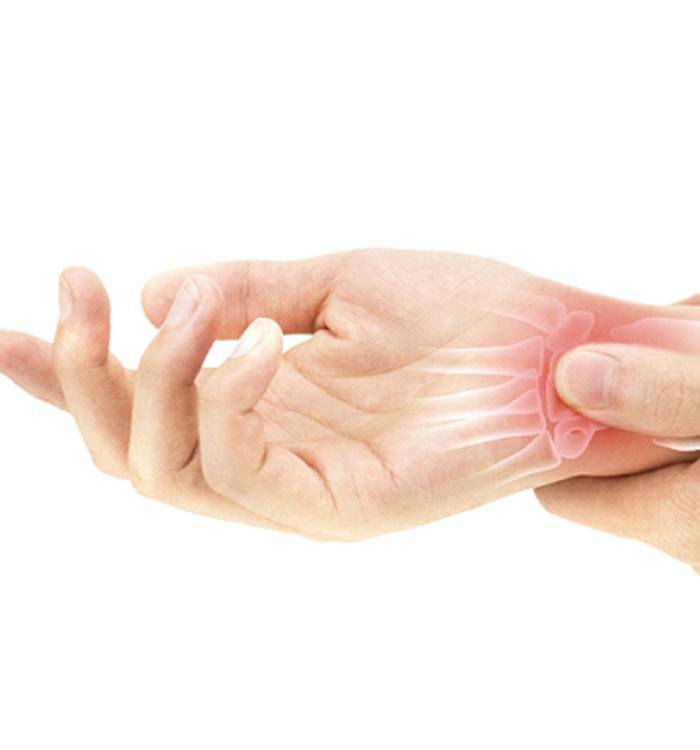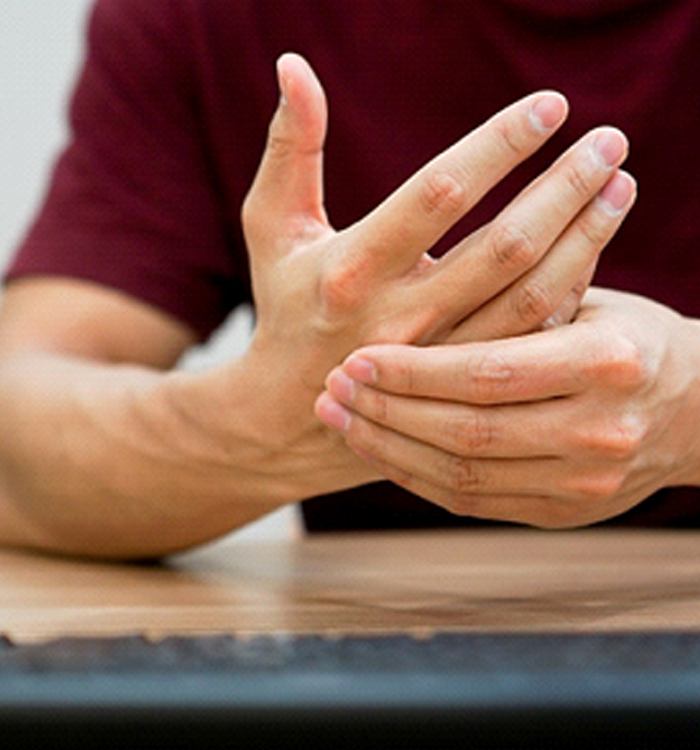The Basics of Carpal Tunnel Syndrome
There are three main nerves that run down the entire length of the arm, and CTS occurs when the median nerve becomes pinched due to pressure being applied to it by the surrounding muscles and tendons. The actual carpal tunnel is a small space in the wrist that the median nerve uses to reach the fingers. When the soft tissues that make up the tunnel become inflamed or swollen, they press on the nerve, causing CTS symptoms.





